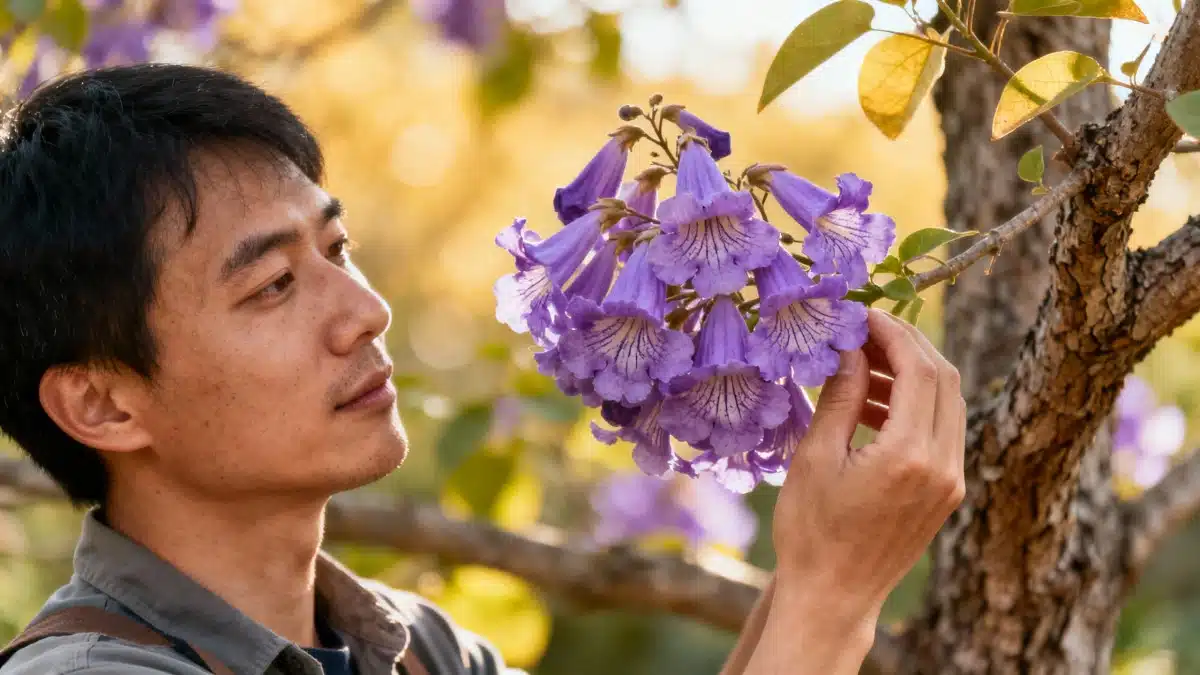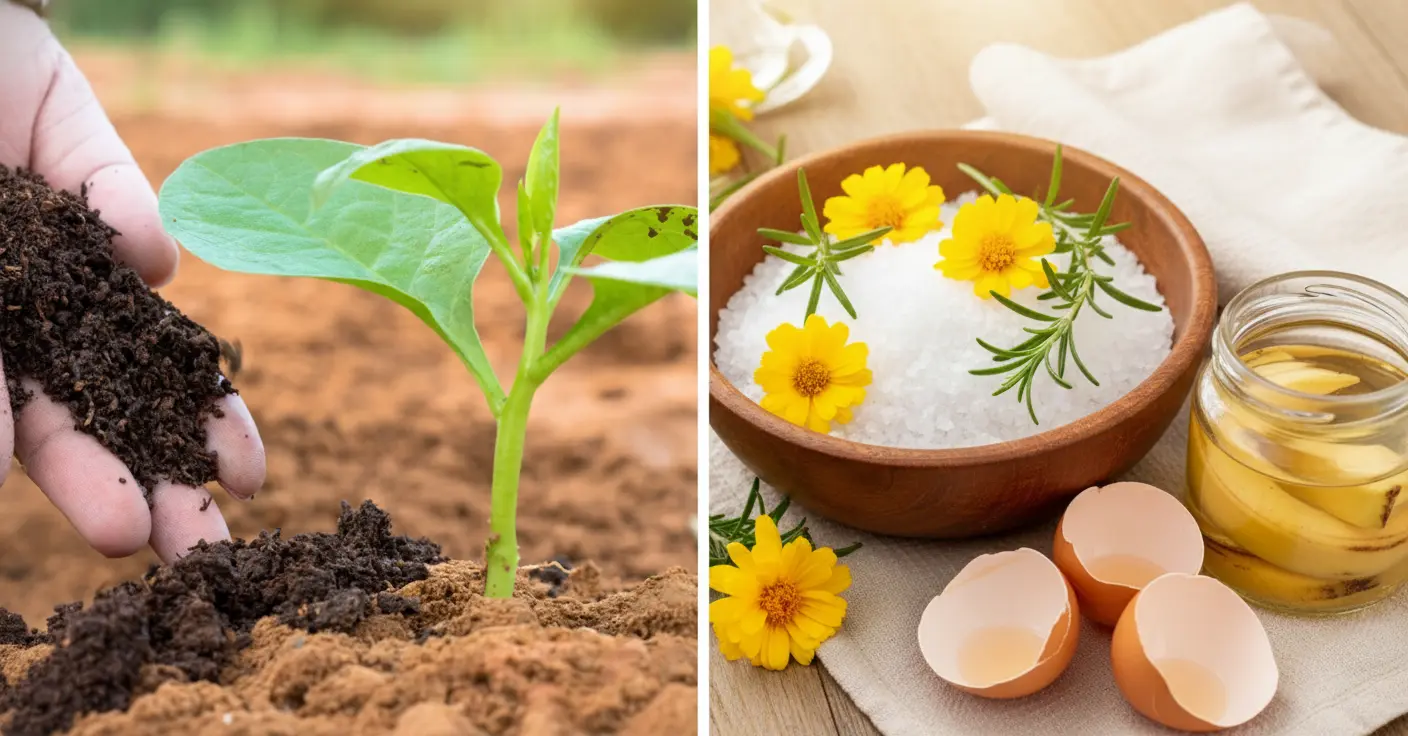Move over bamboo, there’s a new showstopper in town—one that not only grows at lightning speed but also graces gardens with its breathtaking purple flowers. Whether you’re team bamboo or crave something a little different, let’s explore why the Paulownia, also known as the « imperial tree, » is seducing gardeners and winning over eco-experts.
The Rise of a Regal Rival: Paulownia’s Growing Appeal
It’s no exaggeration to say bamboo has long reigned as the king of fast-growing plants. With some varieties shooting up by as much as 1 meter per day, bamboo has transformed spaces into lush jungles at astonishing speed. However, Paulownia is now casting its sizable shade and reminding everyone that pure speed isn’t everything. This remarkable tree marries rapid growth with undeniable beauty, sending heart-shaped leaves and clouds of mauve blooms into the spotlight.
What truly sets Paulownia apart? Not only does it deliver in the looks department, but it’s also a promising ecological solution. Environmental professionals and avid gardeners alike are falling under its spell.
Paulownia’s Not-So-Humble Beginnings
Originally hailing from China, Paulownia tomentosa made its European debut in the 19th century, strutting onto the scene with a flourish of purple blossoms and leaves so big they could double as fans on a balmy day. The airy, fragrant waves of flowers are more than just a treat for the eyes; they delicately perfume the entire garden.
In its native setting, Paulownia is a multitasker—it helps stabilize the soil and provides much-coveted shade. Fast forward to today, and you’ll spot it in gardens and ecological projects, lauded for its versatility and striking visual appeal.
Bamboo vs. Paulownia: The Great Green Showdown
Let’s be honest: Bamboo’s fame comes from its jaw-dropping growth, with some varieties marching skyward at a pace that would make a Formula 1 driver jealous. But don’t dismiss Paulownia’s abilities just yet. Planted in full sun and well-drained soil, Paulownia displays truly impressive growth, especially in its early years. This tree isn’t just a pretty face; its wood is light yet strong, making it a durable alternative for reforestation and agroforestry projects.
Unlike bamboo, which is actually a grass, Paulownia is a bona fide tree. This gives it some structure—literally—a point not lost on those looking for something both robust and environmentally responsible.
While bamboo’s exotic silhouette remains instantly recognizable, Paulownia grabs attention with its unique springtime show. Before its giant leaves even appear, its branches are adorned with bell-shaped mauve flowers, creating an ephemeral spectacle that truly brightens up the garden.
- Growth: Both transform spaces quickly. Bamboo wins for dense hedges; Paulownia steals the scene as a standout ornamental tree.
- Flower Power: Paulownia’s blooms come early, rich in nectar, and attract bees and pollinators—a real win for biodiversity.
- Wood: Light and tough, Paulownia wood offers a sustainable alternative and stands out from bamboo’s grassy roots.
- Leaves: Paulownia’s outsized, heart-shaped leaves add drama and shade, unlike bamboo’s narrow and vertical appeal.
Which Green Giant to Choose?
Ultimately, your decision will hinge on your garden vision. Bamboo is perfect for anyone seeking dense, compact plants or privacy screens. On the other hand, if you’re dreaming of an ornamental tree that grows fast, stands tall, and is earth-friendly, the imperial Paulownia may soon be your new favorite.
Despite their differences, Paulownia and bamboo share a crucial talent: both can quickly turn any patch of earth into a verdant haven. Yet, Paulownia distinguishes itself thanks to its spectacular flowering, precious wood, and magnificent foliage—all of which add dramatic flair to any outdoor space.
With its dazzling blooms, rapid growth, and environmental potential, Paulownia is no longer in bamboo’s shadow. It perfectly combines beauty and utility, capable of transforming gardens, boosting reforestation, or charming pollinators. For those ready to embrace the next big thing in fast-growing greenery, Paulownia is impossible to ignore. Time to make some space for a little imperial magic in your garden?

John is a curious mind who loves to write about diverse topics. Passionate about sharing his thoughts and perspectives, he enjoys sparking conversations and encouraging discovery. For him, every subject is an invitation to discuss and learn.






